|
|
|
You can get e-magazine links on WhatsApp. Click here
|
|
|
|
|
|
Canning of fruits and vegetables
|
|
Wednesday, 17 February, 2016, 08 : 00 AM [IST]
|
|
Yashwant Kumar
|
|
fiogf49gjkf0d Introduction
Canning is a method of preserving food in which the food contents are processed and sealed in an airtight container. Canning provides a shelf life typically ranging from one to five years, although under specific circumstances it can be much longer. It is also known as Appertisation. This practice removes oxygen, destroys enzymes, prevents the growth of undesirable bacteria, yeasts, moulds and helps forming high vacuum in cans.
Figure 1: Canned products
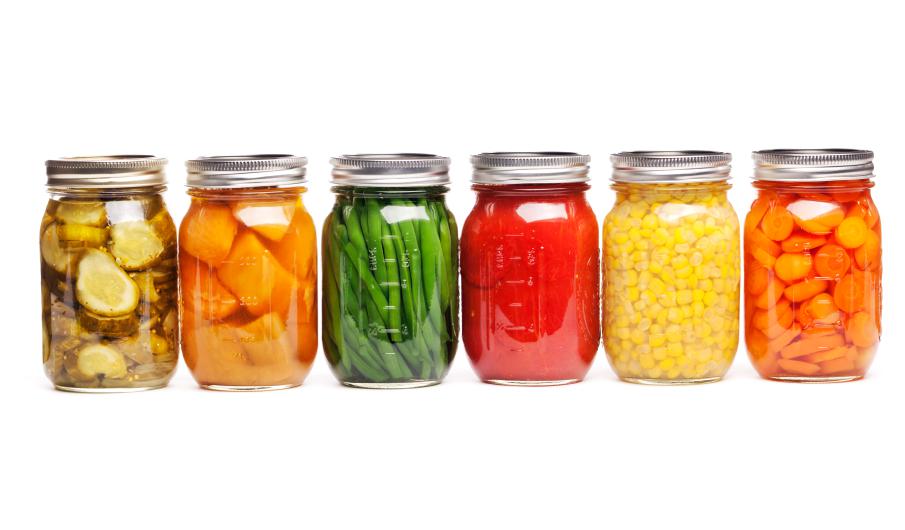
History of Canning
In 1804, Nicolas Appert in France invented a process of sealing foods hermetically in containers and sterilising them by heat. Appert is known as the father of canning. In 1810, Peter Durand, another Englishman, obtained the first British patent on canning of foods in tin containers. Tin cans are both lighter and cheaper than glass jars. N Appert won 12,000 Francs from the French government for publishing a book called The Art of Preserving Animal and Vegetable Substances For Many Years.

Figure 2: Nicolas Appert (Father of Canning)
Principles of Canning
Destruction of spoilage organisms within the sealed container by means of heat.
Why Canned Foods?
•Many vegetables begin losing some of their vitamins when harvested. Nearly half the vitamins may be lost within a few days unless the fresh produce is cooled or preserved. Within 1 to 2 weeks, even refrigerated produce loses half or more of some of its vitamins.
•The heating process during canning destroys from one-third to one-half of vitamins A and C, thiamin, and riboflavin.
Canning Process
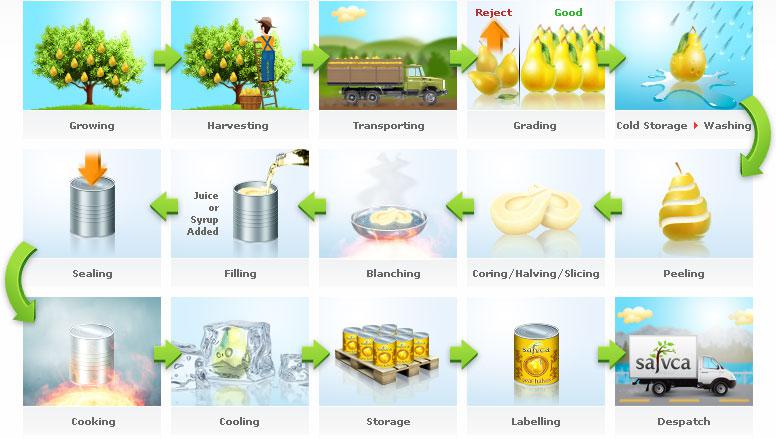
Figure 3: Flow chart of canning process for fruits and vegetables.
Types of Canning
Canning are two types - Water bath canning; Pressure canning
1. Water Bath Canning –
•Used for high acid food.
(pH 4.6 and below)
•Uses boiling water temperature of 100°C.
•Shorter times, usually from 5 – 85 minutes.
•E.g. generally for all fruits.
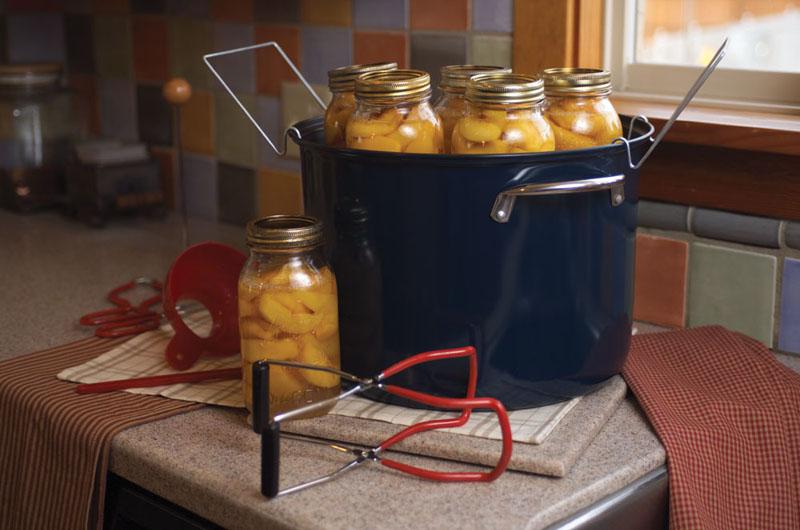
Figure 4: Water bath canning
2. Pressure Canning –
- Use for low acid food.
- Uses high temperature ranging
- from 116°C - 121°C.
- Longer times, usually from 20 - 100 minutes
- E.g. generally all vegetables, meats, poultry, soups etc.
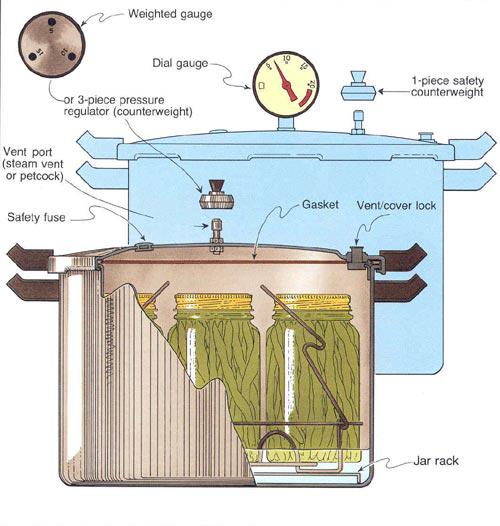
Figure 5: Pressure canning
Advantages of Canning
•Helps save money
•Saves nutritional value
•Can last for years
•Does not require electricity or refrigeration to store
•Preservative- and pesticides-free food
•Offseason availability
Disadvantages - Canning
•Time-consuming process
•Initial startup cost of buying the equipments
•Person should know which foods are high risk and which are low
•Change in ingredient may require a change in processing
•Canning machines are expensive
Market Trends
Canned/preserved fruit, vegetables, beans and other canned/preserved food have small but significant sales within the category whereas sales of canned/preserved fish/seafood, meat and meat products, and tomatoes are low or negligible, as consumers prefers fresh produce, which is very readily available. Canned/preserved food’s presence is restricted to the big cities in India. The changing lifestyles and modified eating habits of India’s growing urban population have propelled the growth of the category but its size is still small as consumers buy these products only occasionally.
Competitive Landscape
The Oudh Sugar Mills Ltd will continue to lead in canned/preserved food with a value share of 10% in 2014, followed by Tai Industries Ltd and MTR Foods Ltd, with value shares of 10% and 9% respectively. The company has a wider product portfolio catering to affluents with its Morton brand. Morton has strong retail value sales among all formats of retail chains and also has significant institutional sales.
Scope of Fruits and Vegetables Canning
India's diverse climate ensures availability of all varieties of fresh fruits & vegetables. It ranks second in fruits and vegetables production in the world, after China. As per National Horticulture Database published by National Horticulture Board, during 2012-13, India produced 81.285 million metric tonne of fruits and 162.19 million metric tonne of vegetables. The area under cultivation of fruits stood at 6.98 million hectare while vegetables were cultivated at 9.21 million hectare.
Though India's share in the global market is still nearly 1% only, there is increasing acceptance of horticulture produce from the country. Hence there is tremendous opportunity for economic generation through canning of fruits and vegetables.
Factors to keep in mind before starting Canning Centre
- Start Your Canning Business Small
- Develop Your Canning place
- Access Quality Canning Ingredients
- Price Canned Food Accurately
- Sell Your Canning Story
- Manage Your Time and Resources
- Market Your Canning Business Year-round
Training Centres for Canning
There are various canning centres in the country, which facilitate training programme for promoting entrepreneurship among the youth. Some are listed below:
Table 1: Fruits & Vegetables Processing & Preservation Centres of the Directorate of Agricultural Marketing
| S. No. | Name | Name of the
Instructor | Address | Telephone
(Office) | | 1 | Community Canning Centre | S Chakraborty | P-18,CIT Scheme
VII-M ,Manicktala Main
Road,Kolkata-700 054 | 2320 6243 | | 2 | Training Cum Production &
Community Canning
Centre,Malda | A Sinha Roy | Manaskamana
Road, (Fouzdar Clinic)
P.O.& Dist. Malda | 03512-266279 | | 3 | Training Cum Production & Community Canning Centre,Durgapur | T K Ghosh | Bankim Chandra Avenue, ‘B’ Zone, Durgapur-5 | 0343-2562195 | | 4 | Training Cum Production & Community Canning Centre, Howrah | T K Jana | 79, Bellilious Lane, Howrah | 2637 1594 | | 5 | Training Cum Production & Community Canning Centre, Berhampore | D Sarkar | Panchanantala More, N.H.34 P.O.Berhampore Dist. Murshidabad | 03482-252521 | | 6 | Training Cum Production & Community Canning Centre, Balurghat | S Das | Sare 3 No. More, P.O.Balurghat, Dist. Dakshin Dinajpur | 03522-225406 | | 7 | Training Cum Production & Community Canning Centre, Jalpaiguri | D Mondal | Old Police Line P.O. & Dist. Jalpaiguri | 03561-223569 |
Source: www.wbagrimarketingboard.gov.in
Enterpreneurship Development through Canning
Canning process is a heat treatment process, by which we can minimise the youth unemployment of the nation. It also helps to increase the economic level of people as well as the country.
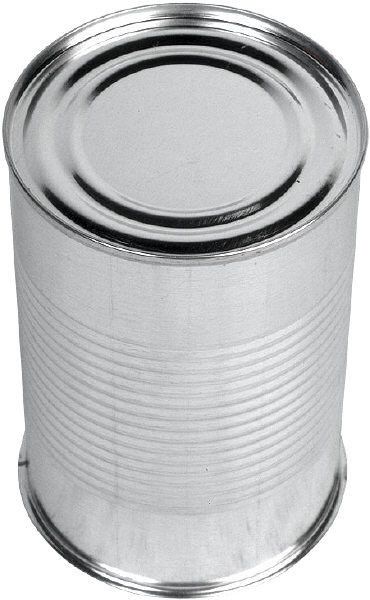
Figure 6: Final canned products
Challenges
Due to higher post-harvest losses (approx. 20%) of highly perishable fruits and vegetables. It is very difficult to preserve these commodities in poor handling position. But now-a-days technology comes in the field for better post-harvest management of horticultural crops.
Prospects
Canned/preserved food is expected to register a value CAGR of 8% at constant 2014 prices over the forecast period. Gradually, a small group of consumers will move away from buying fresh vegetables and fruits to buying canned/preserved food, and this is expected to be reinforced by them leading to more dynamic lifestyles and being ready to experiment with food options. Furthermore, with the expectation of an increase in the prices of fresh fruit and vegetables, some consumers are set to switch from conserving products at home to buying packaged canned/preserved food products during the forecast period.
Bibliography
http//:www.fao.in/
http://agriexchange.apeda.gov.in/
http://apeda.gov.in/
http://www.euromonitor.com/canned-preserved-food-in-india/report
http://www.wbagrimarketingboard.gov.in/Food/Foodprocess.html
New Society Publishers, 2008 and 2009
R P Srivastava and Sanjeev Kumar. 2010. Fruit and Vegetable Preservation: Principles and Practices (3rd Revised & Enlarged edition), International Book Distributing Company, Lucknow, Uttar Pradesh, India.
(The author is assistant professor and head, department of food processing and technology, Bilaspur University, Bilaspur, Chhattisgarh. He can be contacted at profykpatel@gmail.com)
|
|
|
|
|
|
|
|
|
|